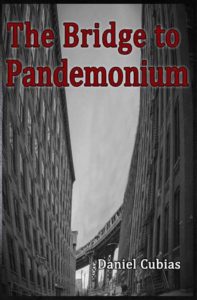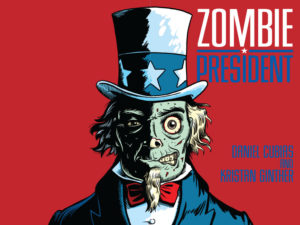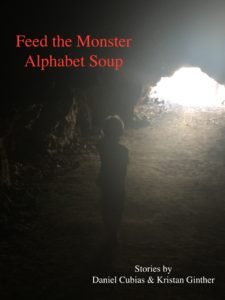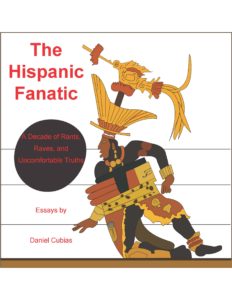When my grandmother moved to this country, she was a multipack-a-day smoker. My mother and aunt were naturally concerned that their mom was on her way to an early, hack-coughing, phlegm-coated death. So they asked her to stop smoking.
My abuela rejected their request with the scorn of someone who has lived to old age and uses that fact to dismiss other people’s opinions. Thus blocked, my mother and aunt hit upon an effective, albeit ethically dubious, workaround.
They told her that smoking was illegal in America.
My grandmother, who spoke no English, was in disbelief. What kind of place was this America?
Keep in mind that this was in the days before Spanish-language cable channels or radio programs. And considering she had just moved here and that we were among the few Hispanics in the city at that time, she had no outsiders whom she could seek out to confirm this shocking fact.
She had to quit, her daughters told her, or the cops would bust her. My grandmother refused to believe this at first, and she pointed out that she saw people smoking on the street.
“Yes,” my aunt said with great patience. “They are breaking the law.”
My mother added that the smoker was taking a grave risk, analogous to stealing a car in broad daylight. My grandmother didn’t want to stick around for that, lest she get caught up in the imminent police raid. So she went home, finished the last pack that she had brought with her from El Salvador, and went cold turkey.
Years later, when she was long off cigarettes, my grandmother learned that the whole thing had been a lie. Of course, she was pissed off, and she sputtered threats and issued oaths and sent everyone in the family to hell.
But she still hasn’t started smoking again.
Granted, this technique only works on recent immigrants who haven’t learned English yet. And even then, most immigrants have an instant community that they can join or websites that they can check out or any number of opportunities to discover if their well-meaning children are lying to them for their own good.
It’s a completely different world today, in large part because immigrants like my grandmother have come over in greater numbers and with more of a drive to know what the hell is gong on in their adopted country. So maybe the anti-smoking trick isn’t effective anymore.
In any case, my home state is considering a ban on indoor smoking, which many other places have already adopted. I’ll have to ask my grandmother if she thinks it’s a good idea.




